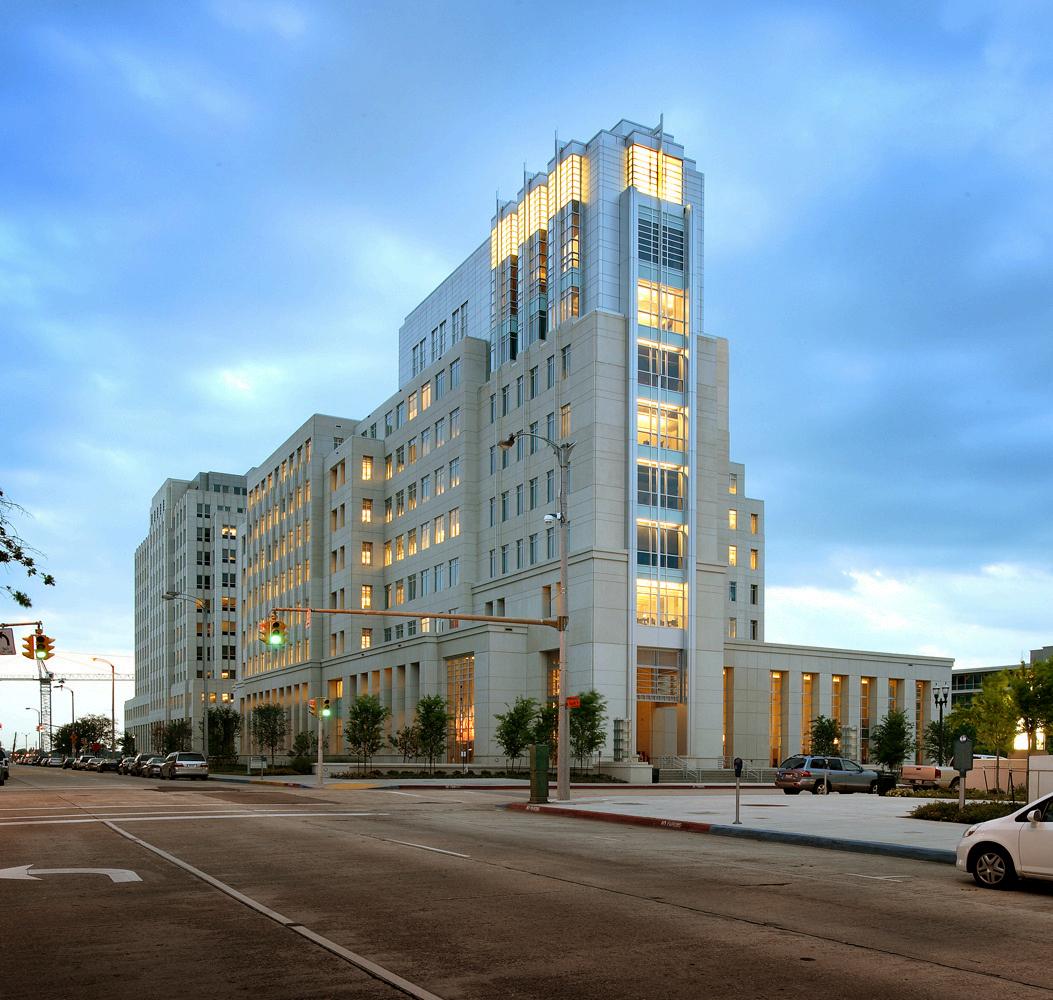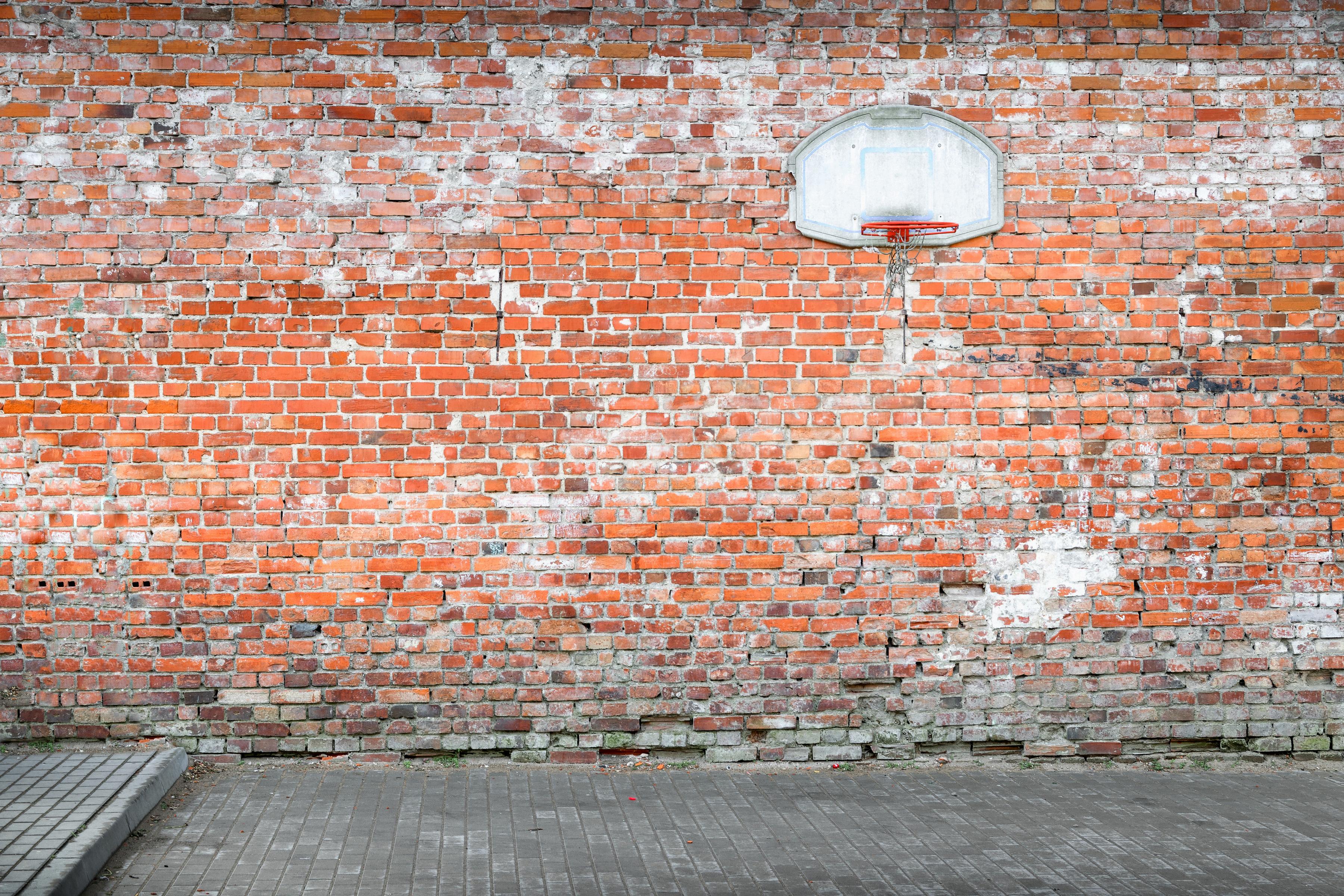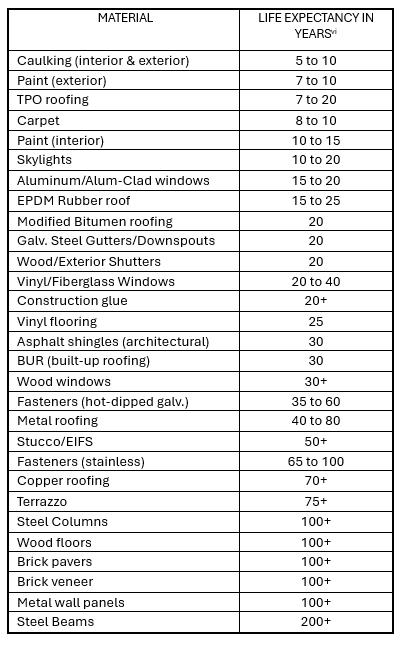

An Architect’s Creed for Durability
Ensuring Our Buildings Endure for Generations
BY W. GEOFF GJERTSON, AIA
BuildingforDurability andLongevity
Architects have a romantic notion of the weathering or aging of buildings For certain durable materials such as brick, concrete, and metal, we enjoy seeing the effects of time Some have called it the scars of time or the memories of the history of the building As David Leatherbarrow and Mohsen Mostafavi have pointed out in their seminal book, On Weathering: The Life of Buildings in Time, throughout history, architects and builders have actually designed for weathering by attempting to control or even enhance the effects of time [i]
Whether the public or a building owner can actually enjoy the effects of weathering is another matter! Most people prefer that a building’s appearance remain constant and that the effects of aging be kept to a minimum Architects hear instructions from clients to utilize low-maintenance materials Buildings are expensive, and owners want to protect their investments while limiting operating and maintenance costs The Architect’s Creed for Durability to the right will help create a roadmap for designers These twenty rules of thumb are valuable adages with which to be reckoned
The various materials used in the construction of a building last anywhere from 5 to 200 years (see the chart on next page) [ii] However, entire buildings in the US only last on average 34 to 50 years [iii] Obviously, weathering and wear and tear account for some of the reasons buildings are demolished But many buildings are demolished simply because they become obsolete We have less control over obsolescence than durability, but as architects, we need to design for longevity, which means considering adaptive reuse and flexibility Existing for only fifty years is not long enough for our buildings and for the fate of our planet It has been determined that:
Buildings account for about 40% of our annual global CO2 emissions [iv]
40% of the overall waste stream goes into landfills
40% of the overall global use of materials [v]
No other industry or economy sector has a greater ecological impact on our planet
1 2 3 4 5 6 7 8 9 10 11 12 13 14 15 16 17 18 19 20
Useasfewmaterialsaspossible
Offerprotectionwithdeepoverhangs
Liftthebaseofyourbuildingofftheground
Createarevealorgaporpavedsurfaceatthe intersectionofwallswithgrade
Considerheavy,dark-colored,rusticatedmaterialsat thebottomtoresistweathering
Neverusegluetoholdsomethingtogetherwhen youcanusefasteners
Slopeeveryexteriorhorizontalsurfaceatleast1/8”:1’
Separatechildrenfrombuildingsurfaces
Shingleoroverlapmaterialstoavoidwater infiltration
Putacapwithadripedgeonwindowsanddoors
Useabeltandsuspendersforwaterproofing
Don’trelyoncaulktokeepthewaterout
Hidefastenerswhenpossible
Whenexposed,usestainlesssteelfasteners
Keepitsimple…rememberwhoisusuallyputting stufftogether
AskanExpert
Talktothemanufacturer,butremaincuriousand alwayscompare
Whatyouputunderthegroundmattersasmuchas whatyouputabovetheground
Unfortunately,howmuchitcostshasalottodowith itsquality
Thinklikeabuilder andrespectthecraftsperson!
ListofMaterials


There are consequences and costs to designing for longevity. Materials that last a long time cost more money. Detailing a building to last also costs more money. Therefore, architects must convince building owners to pay these costs. Savings are difficult to quantify, and every case is different. Architects and builders should better assess the life-cycle costs of materials and present the case for longevity.
The effects of wear and tear on a building surface fall within the responsibilities of the architect. Many traditional moldings and trim have evolved as protection for surfaces in and on buildings. Wainscots, baseboards, casings, and chair-rails to name a few, form bumpers between humans and architecture. Handrails, grab-bars, handles and hardware also provide an interface. Corner-guards, downspout boots, bollards, and copings protect exterior surfaces.

Leatherbarrow and Mostafavi state that moldings and trim on the exterior, particularly cornices and parapets, provide weathering protection from drips and running water. Architects work diligently to throw water away from buildings or channel and route it down and through the building. Many aspects of durability come down to proper detailing as well as specifying quality materials and components.
Deterioration of materials must be balanced against design for durability. First, the effects of the climate and weather must be analyzed: sunlight, heat, expansion and contraction, UV, freeze/thaw, moisture, hail and snow. Second, the effects of organisms must be measured: insects, organic growth, and birds and other animals. Third, environmental contaminants should be countered: dirt, dust, and chemicals. Fourth, the effects of people in and around the building must be considered: impacts, gouges, and scratches. Imagine a building or its components on a firing range with the elements listed above repeatedly hurled at it The effects of time are relentless
Above: The Abuse of USE
Above: Wainscot- Beautiful and Practical
HOLLY & SMITH ARCHITECTS, APAC
The gaps and the spaces in between materials are a significant determinant of weathering and durability The choice is to eliminate the gaps in between materials to keep water out, or, on the other hand, to create gaps for expansion and contraction of dissimilar materials and allow a path for moisture to escape This handling of the spaces in between profoundly illustrates one of the struggles to design durability
Anticipating human activity presents many challenges Users mistreat building f d h f l i h h i d ibl D d i d

NewMaterials
What are some new directions for durable and sustainable materials? Self-cleaning materials use rain and wind to clean their surfaces. Nano-technology science has utilized molecular design based on nature to replicate some of these self-cleaning surfaces. Prefabrication of façade assemblies also reduces maintenance and prolongs the life of buildings. Obviously, facades take the most abuse in buildings, and utilizing panelized/unitized components, which have been carefully tested and weather-proofed in a factory, extends longevity. A great example of this is the complex prefabricated façade components which Bohlin Cynowski and Jackson designed for Malachowsky Hall at the University of Florida.[vii]
Although other products such as cars and even clothing are benefiting from composite materials like carbon fiber and polymers, architecture is not usually afforded the luxury of highly specialized and highperformance materials due to the large financial cost at the building scale.

Sadly, building materials and construction methods have changed very little over the last 100 years due to the inability to standardize high-performance construction, which has thus prevented cost reductions.
Exterior wood is one of the most challenging materials to preserve. For durability, the architect may choose one of four paths when dealing with exterior wood.
Use a rot-resistant wood, such as mahogany, teak, or ipe.
If these woods are not available, use preservativetreated or thermally modified wood. These chemical and heat processes can preserve exterior wood for many years.
Coat wood with paints or high-performance coatings, lengthening their durability.
Use artificial alternatives to wood, fabricated from composites or even aluminum.
Above: Malachowsky Hall for Data Science & Information Technology, University of Florida
Metals are very durable in exterior applications, especially stainless steel, copper, and aluminum Regular mild steel or even galvanized steel will eventually rust Preventing corrosion and rust is always a losing battle A better approach is to specify very heavy gauge steel or corten steel and embrace the rust – allow for it to happen By properly channeling rusty run-off away from buildings or using rust-colored concrete below the rusted steel, the effects of corrosion can be mitigated However, it is not always easy to find a building owner willing to embrace rust!
Plastics are overrunning our planet, but there is now hope that new building products produced with recycled plastic will lessen their impact Building blocks fabricated from recycled plastics are a viable alternative to concrete blocks, offering advantages such as being cheaper, more durable, lighter, and easier to erect [viii] Composite exterior panels are also
being produced with recycled content And the good news is that both of these products are very durable, and although they are new, it is assumed they will weather well
Although building materials are steadily improving in durability, it is ultimately the architect who must take the lead in designing for longevity Construction budgets and clients will not always allow for the most advanced high-performance materials, so good common-sense design must be a front-line defense against weathering and deterioration The Architect’s Creed for Durability is a good place to start

i Leatherbarrow and Mostafavi, On Weathering: The Life of Buildings in Time
ii https://www bhhomeinspections com/building-materials-life-expectancy-chart/
iii https://www sciencedirect com/science/article/pii/S2352710222017028
iv https://www architecture2030 org/why-the-built-environment/
v https://sustainable-earth org/demolition-vs-deconstruction/
vi https://www bhhomeinspections com/building-materials-life-expectancy-chart/ vii https://www bcj com/projects/academic/university-of-florida-malachowsky-hallfor-data-science-information-technology/ viii https://byfusion com/pages/byblock

H/S EXPERIENCE As human beings, we spend our personal and professional time within the built environment As Architects, we are privileged to create spaces where people can gather, live, learn, work, eat, sleep, and worship Therefore, it is incumbent that we design spaces that enhance the quality of life and nurture a greater passion for living Our design approach is influenced by the environment, culture, and community in which architecture exists To take it further... We Design for Life.




W. Geoff Gjertson, AIA, is an architect at Holly & Smith Architects and Professor of Architecture at the University of Louisiana at Lafayette He is originally from Huntsville, Alabama, and has lived in the Marshal Islands, Colorado, California, Arizona, Texas, and Louisiana. Gjertson attended Arizona State University (undergrad) and Rice University (graduate) He has been in practice for over 30 years and a professor for more than 25 years He has published over twenty papers and articles in peer-reviewed journals on architectural pedagogy, design, and history, written a book (GENERATING HOPE) on the BeauSoleil Louisiana Solar Home, a chapter in Thinking While Doing: Explorations in Educational Design/Build, and won over a dozen design awards for his professional practice work
Above: ByFusion ByBlock Made In Los Angeles
